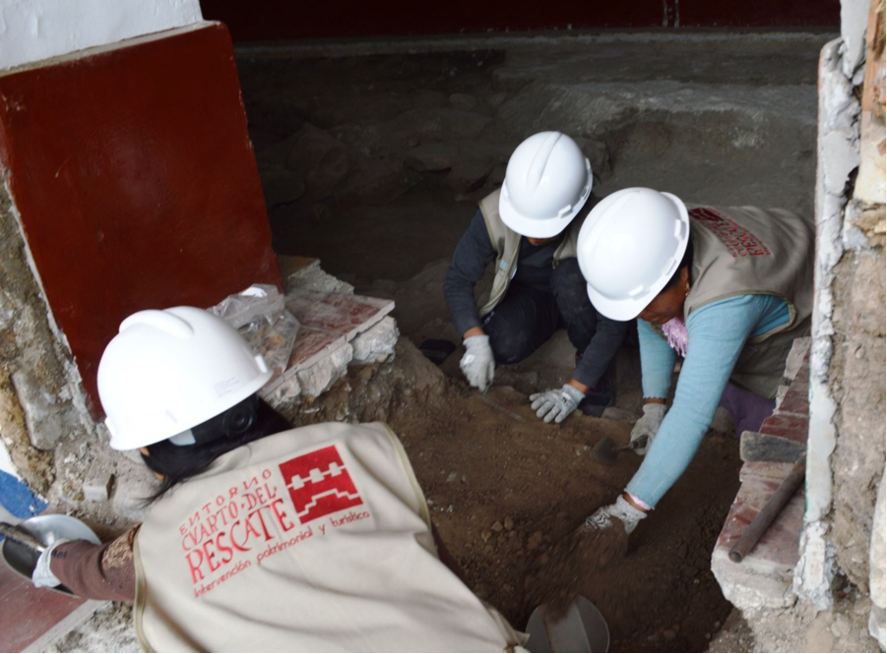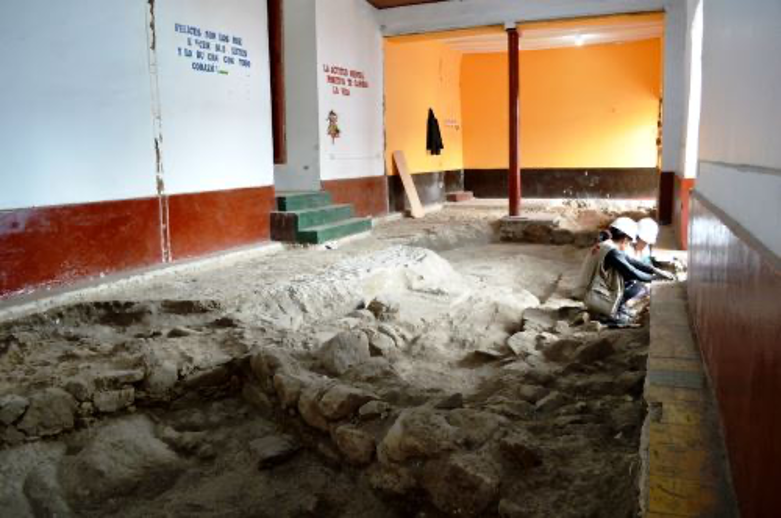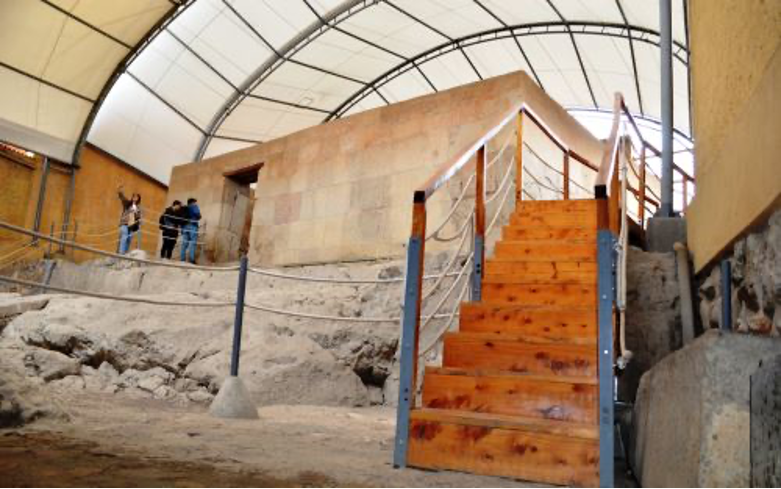
The first remains of walls of what would be an Inca citadel were found in one of the areas of the property that is adjacent to the Ransom Room —located in Cajamarca region— by a team of archaeologists led by Solsire Cusicanqui Marsano from Harvard University, who initiated the excavations in this place 45 days ago.

The expert explained that works have been undertaken in six ditches since November 21, adding that they also discovered remains from Colonial and Republican times.
“We have found what we are looking for, remains of what would have been an Inca citadel. In addition to the architecture, we have unveiled Inca ceramics, Cajamarca ceramics, from Colonial times, canals, grounds, Republican ceramics, crosses, coins from 1832 and 1876, animal remains, and very fine ceramics for export,” the archaeologist said.
Solsire, —the project’s director— revealed that the team has collected a lot of material, which has been taken to the archaeological laboratory for the corresponding analysis.
Moreover, she said architectural (stone-made) remains will be analyzed to find out how they moved from the Cajamarca era (of Santa Polonia), the Inca era, to end up in the construction of churches.

“We are just beginning the excavations that are planned to last five to eight months. We will stop in certain areas due to the rains, but we will continue in roof-over areas. We have reached a depth of three and a half meters, where we found walls from Republican and Colonial times in the lower part of the property. We found Inca architecture in the upper part,” she stressed.
The archaeologist infomred that it is still early to understand the connection with the walls.

“The Ransom Room was not alone, it belonged to a complex, the quarries are here; so, this is probably the place used for the construction of the San Francisco Church and other churches that are in the city,” she explained.
“We are going to work on that as of February, with the team from Harvard and the University of Engineering and Technology (UTEC), experts in stone analysis and conservation,” the archaeologist added.